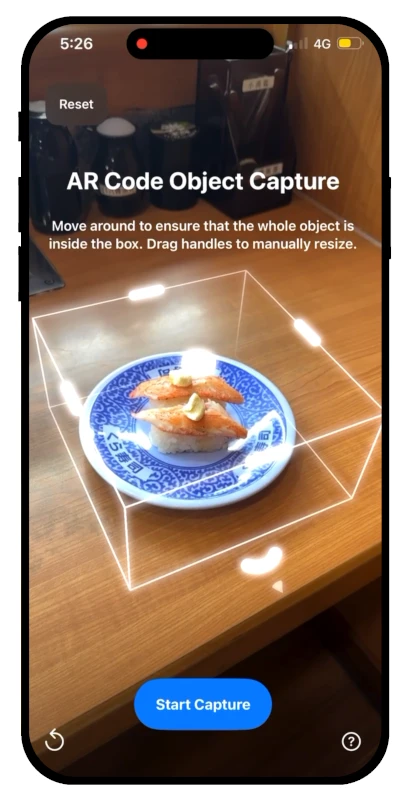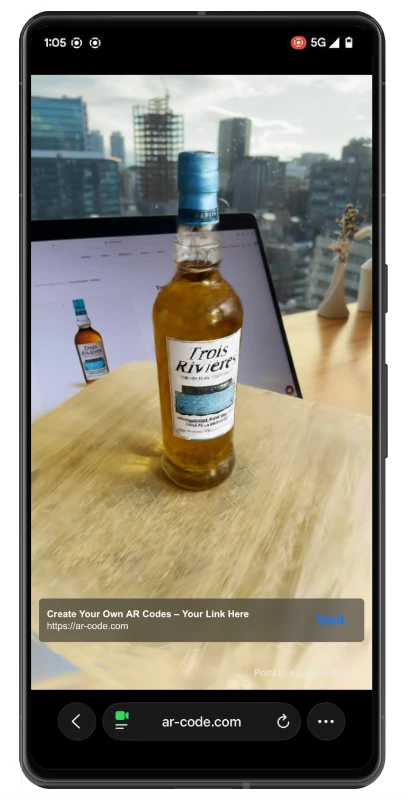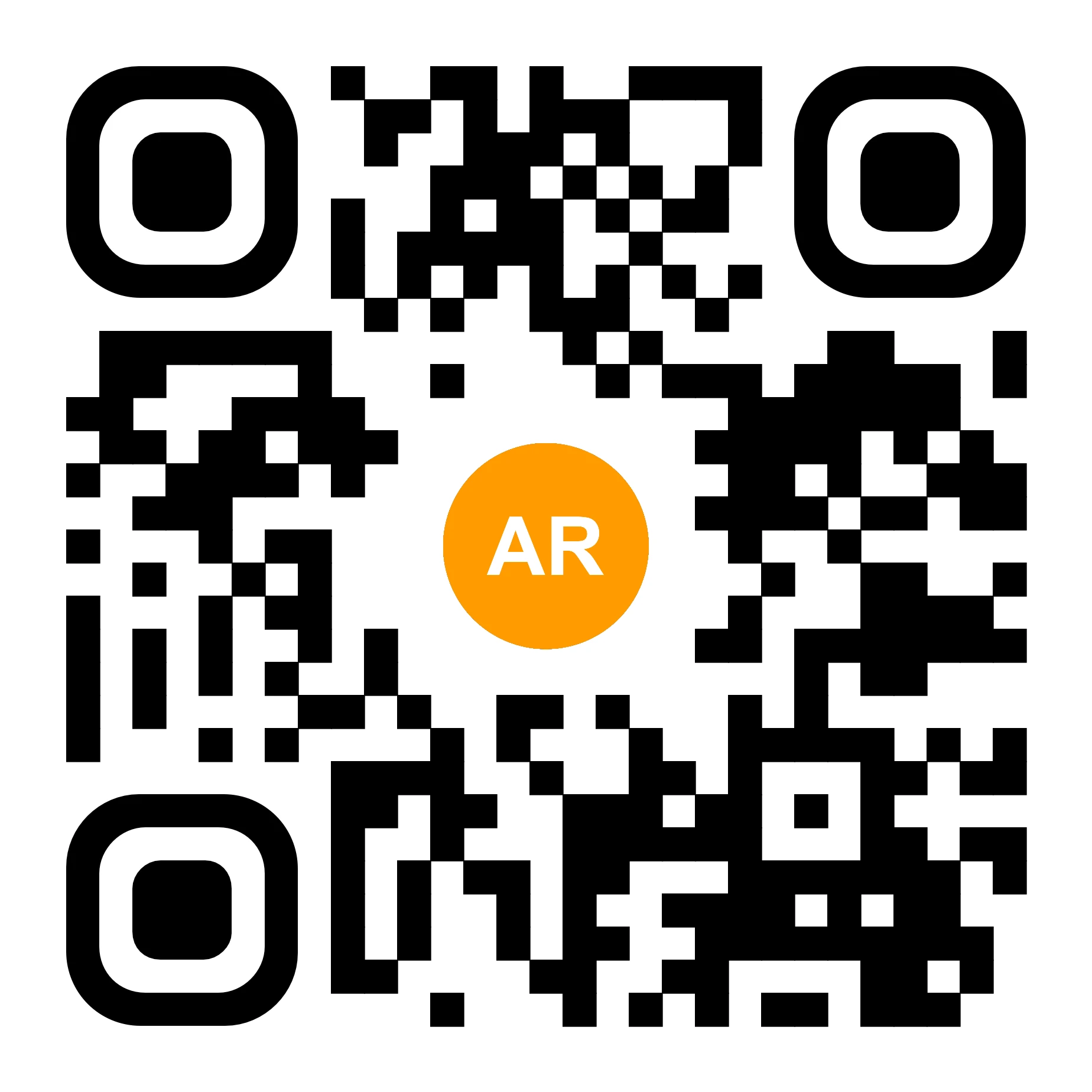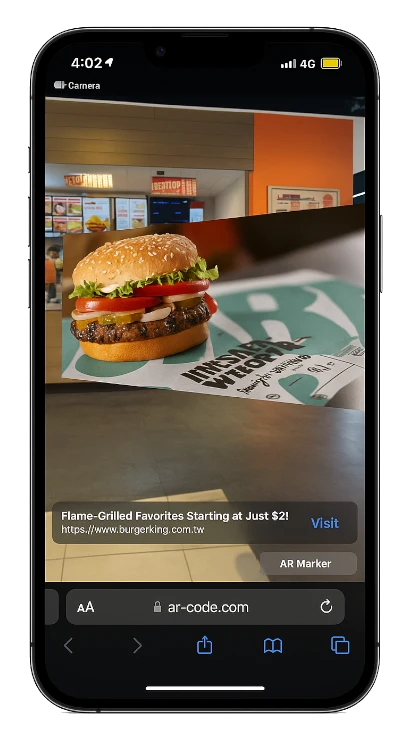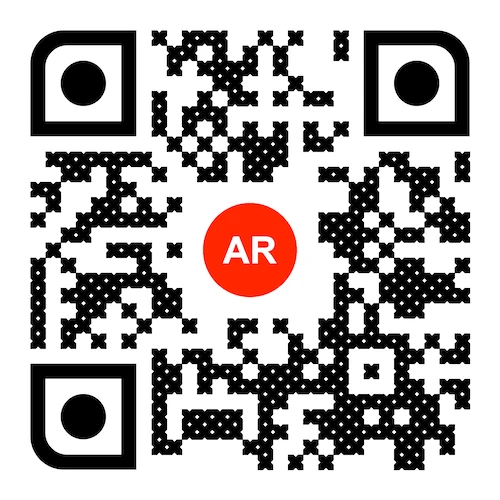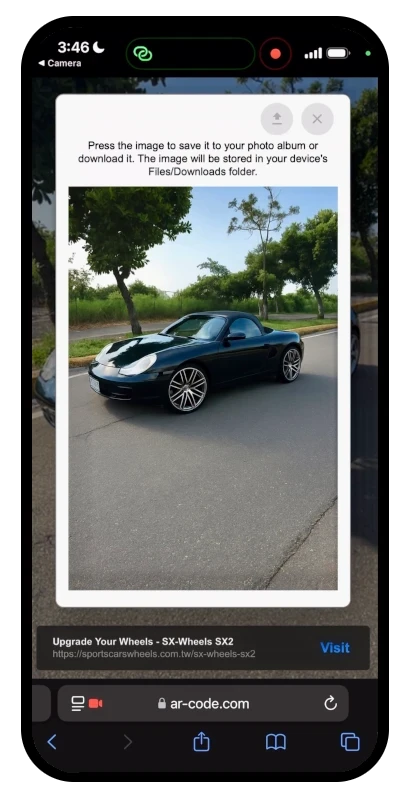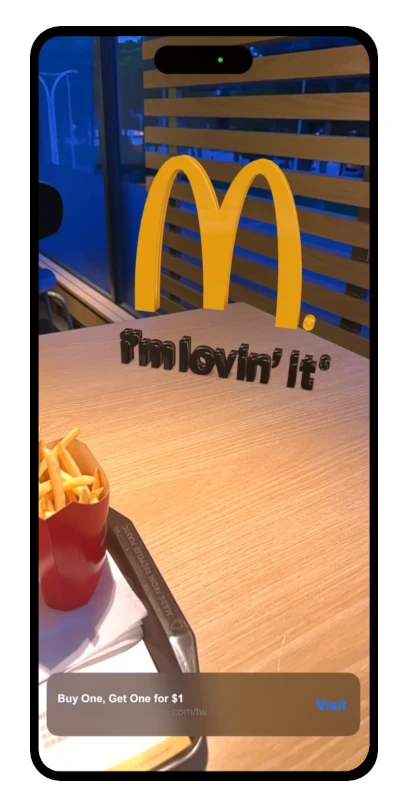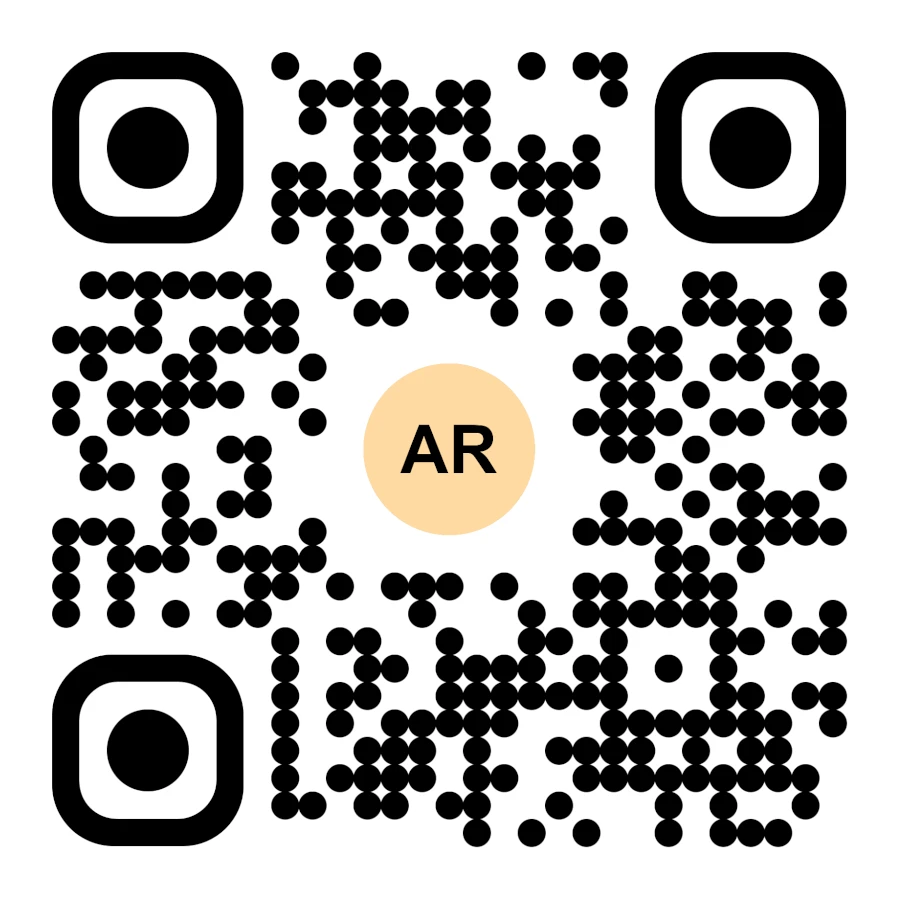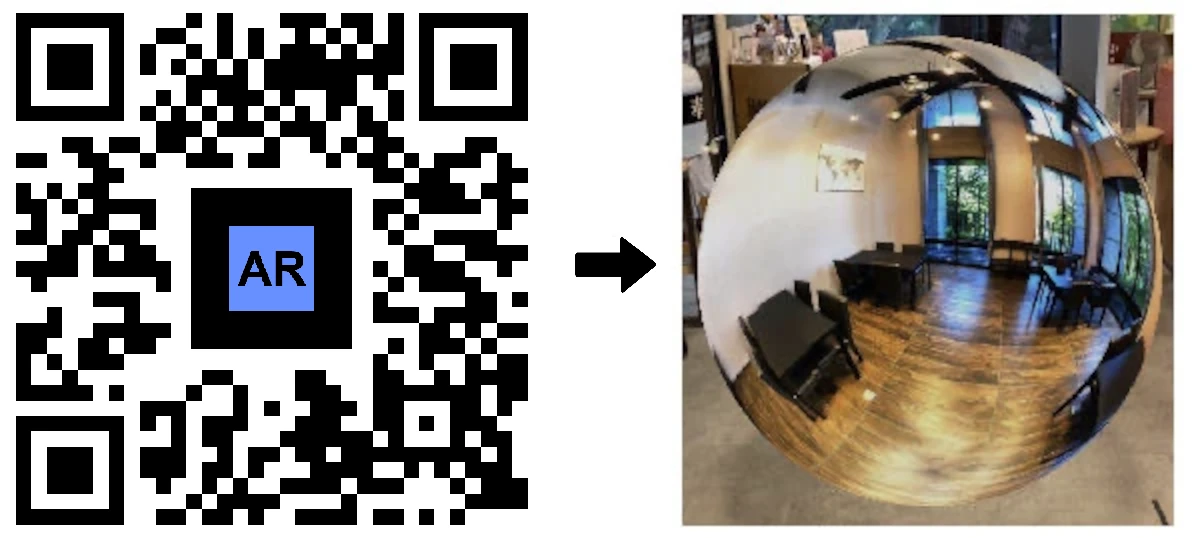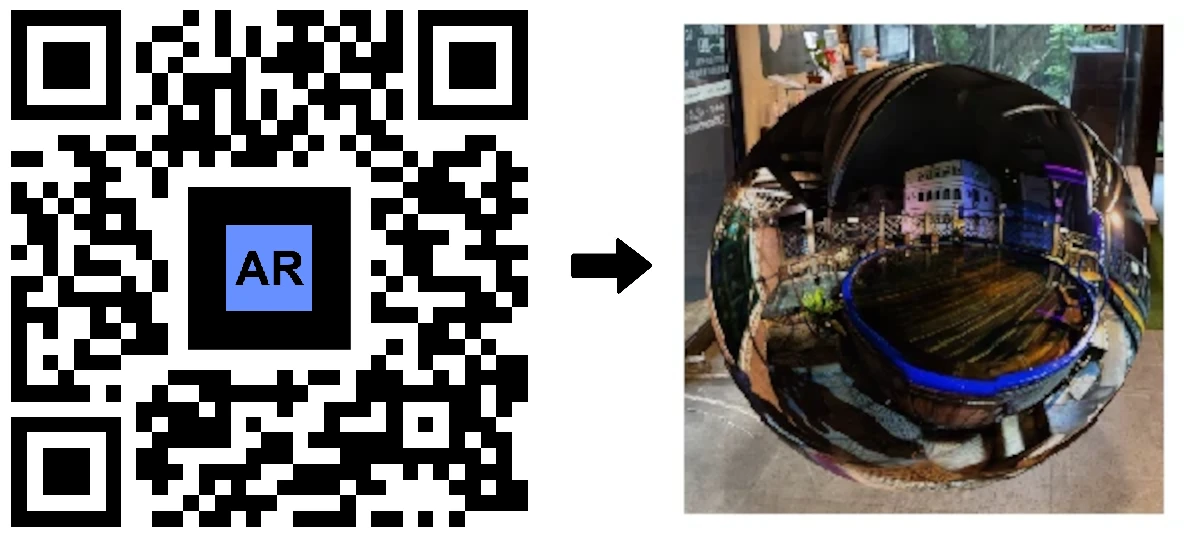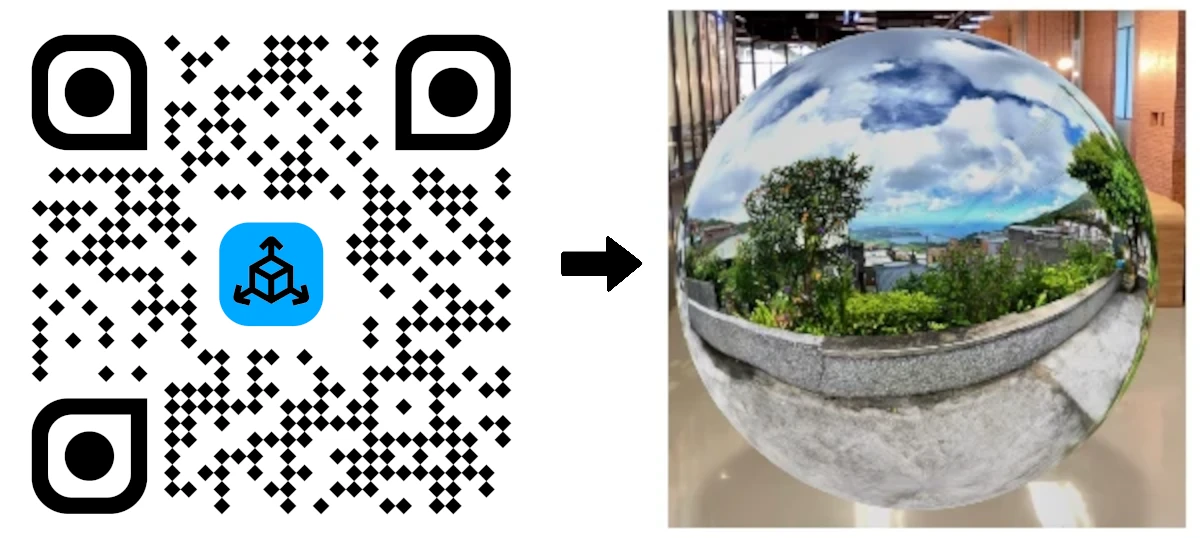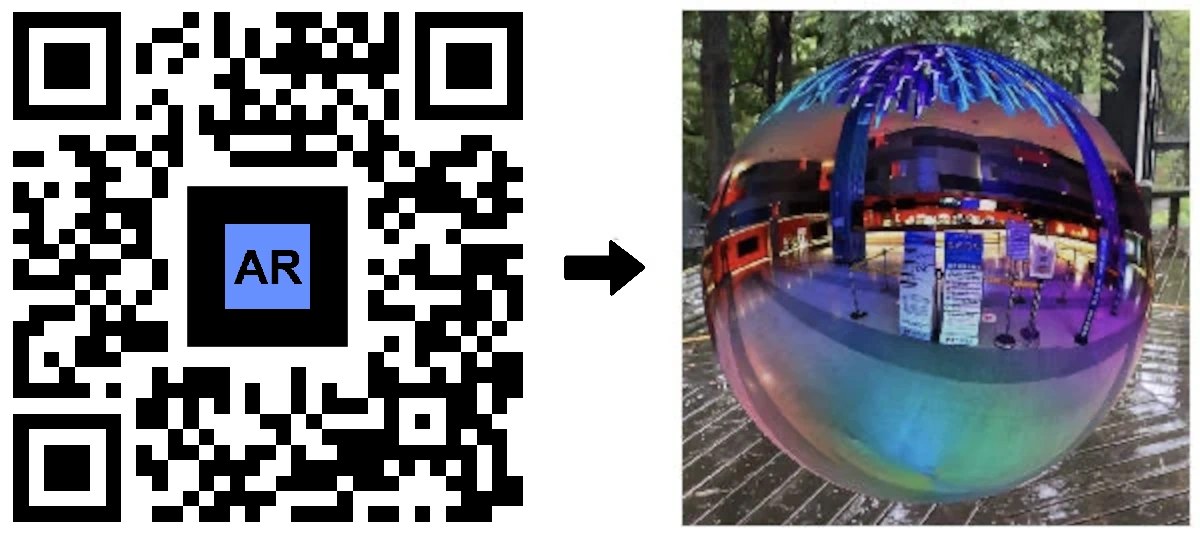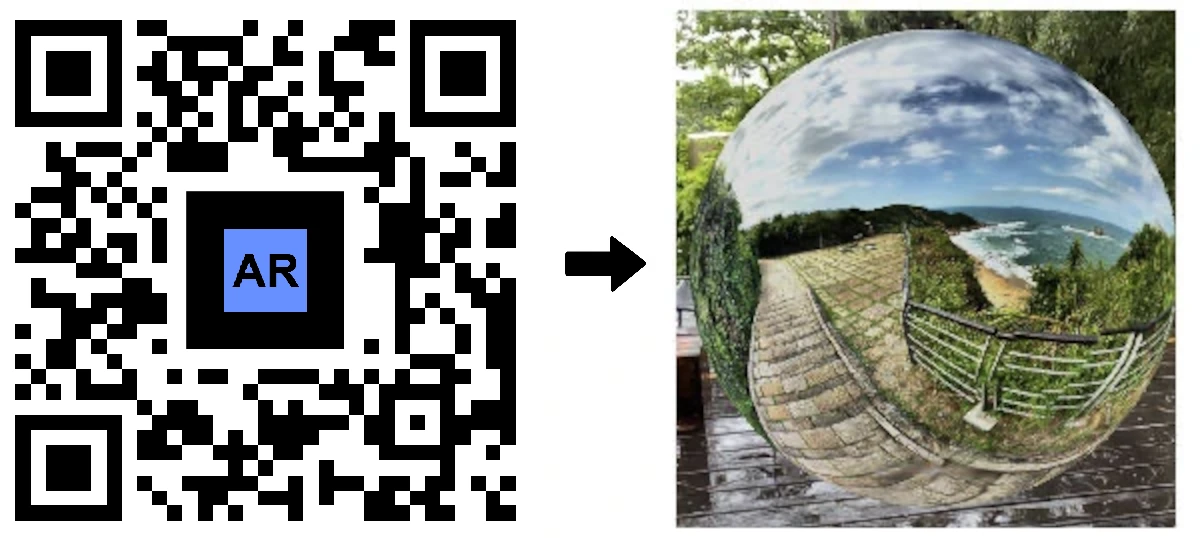VIDEO TUTORIAL: How to create an AR Portal and anchor it with an AR Code?
Tutorials | 01/11/2025 |
AR Portals are transforming the way forward-thinking businesses connect with customers, delivering truly immersive augmented reality experiences that drive higher engagement and increase conversion rates. By adopting this cutting-edge AR technology, organizations can showcase their products and services in dynamic, interactive formats that help consumers make smarter purchasing decisions and foster brand loyalty.
Industries such as real estate, tourism, museums, leisure hotspots, online retail, and public spaces are leveraging the power of AR Portals to elevate their marketing efforts and create unforgettable augmented reality encounters that set them apart from the competition.
Immersive Augmented Reality Experiences to Accelerate Customer Engagement
Augmented Reality (AR) brings digital enhancements directly into a user’s physical environment, making every customer touchpoint captivating and memorable. While smartphones currently dominate AR access, the rise of AR glasses and headsets is opening new opportunities for businesses eager to craft richer and more engaging customer journeys.
AR technology empowers marketing teams to deliver everything from interactive social media AR filters, letting users try branded 3D models, to immersive adventures that fully immerse audiences in the branded universe of the "Metaverse." This means your business can attract, delight, and connect with customers in groundbreaking ways at every touchpoint.
What Are AR Portals? Unlock the Metaverse for Your Business
An AR Portal is a digital gateway that transports users into the "Metaverse," placing them inside virtual showrooms, branded retail spaces, or interactive product experiences. This game-changing innovation brings your brand story to life, allowing customers to ‘step inside’ your world in seconds. Want to see how an AR Portal can boost your brand presence? Check out this example created with AR Code:
Seamless Integration and Customer Access: Anchoring AR Portals
Using an AR Portal is effortless for your audience. With any AR-enabled device, users simply interact with an AR Code anchor in the physical world to enter your digital space.
Businesses can easily trigger AR Portals through location-based data, image recognition, or by letting customers scan an AR Code with their smartphone or tablet. AR QR Codes give customers instant, app-free access to your augmented reality experiences, maximizing adoption and expanding your reach.
Experience how AR Code lets users step into a spa or room with a single scan of an AR Portal:
With advances in AR glasses, your company will soon be able to deliver immersive marketing experiences straight through wearable tech, simply by adding AR Codes to product packaging, displays, or real-world advertisements.
Create AR Portals for Your Business: Step-by-Step Guide
AR Code empowers businesses with intuitive tools via both a web interface and a dedicated iOS mobile app. This gives marketing and creative teams the flexibility to build AR Portals quickly and scale engaging campaigns. Here are the easy steps to launch your own AR Portal and captivate customers:
AR Portal iOS Mobile App
Effortlessly build immersive portals with the AR Portal iOS app: https://apps.apple.com/us/app/ar-portal/id1585482493.
- Download and open the app
- Tap the "360 photo" download button
- Upload your chosen photo
- Select the "AR Rendering" button
- Generate and access your AR Code by tapping the QR Code icon after your AR Portal is created
AR Portal Web Interface
Quickly jump online to access the AR Portal creation suite at https://ar-code.com:
- Register for a free or paid AR Code account
- Choose the AR Portal experience type
- Create or select your 360-degree photo
- Upload your image
- Generate and download your unique AR Code
Unlock Advanced Marketing Features With AR Code
AR Codes for business provide a frictionless gateway for delivering augmented reality marketing campaigns without any app downloads. They work instantly on all major platforms, including AR glasses, Apple Vision Pro, and smartphones. Unlock advanced features such as branded AR face filters, AI-powered interactive experiences, and captivating AR videos to keep your audience engaged and inspire brand action.
Boost engagement by turning your product packaging, printed collateral, event banners, business cards, and brochures into memorable touchpoints. AR Code’s technology enables you to measure campaign performance using analytics for smarter marketing decisions. For deeper insights, see expert guides on using AR Codes on packaging for enhanced product interaction and discover how to implement augmented reality on business cards for impactful networking.
Conclusion: Revolutionize Your Business Marketing With AR Portals
AR Portals redefine customer experience for modern businesses. Whether you aim to sell real estate, delight museum visitors, or enhance ecommerce conversions, AR Portals serve as powerful marketing assets that drive standout results and reinforce an innovative, future-focused brand identity. Begin leveraging AR Code’s solutions now to stay ahead of your industry and deliver unforgettable value to your customers.
Frequently Asked Questions
What are AR Portals, and how can they benefit businesses?
AR Portals are immersive augmented reality environments that transport users into virtual spaces or the metaverse. By using AR Portals, businesses provide customers with interactive previews of products and services, enabling informed decisions. Sectors such as real estate, tourism, museums, leisure venues, and retail can use AR Portals to enhance engagement, increase marketability, and attract more customers. To see industry-specific AR use cases, explore AR in real estate, museums, or interactive advertising.
What is an immersive augmented reality experience?
An immersive augmented reality experience fully surrounds the user, creating the sensation of stepping into an alternate world. Often linked to the "Metaverse," it allows businesses to offer customers a shared virtual space to explore digital content, interact with products, and connect with your brand in unique ways.
How do AR Portals work?
AR Portals are virtual environments accessed via AR-enabled devices like smartphones or AR headsets. They are built using 360-degree photos or images and activated through location-based triggers, image recognition, or AR Codes for a seamless, interactive experience. To learn more, visit this AR Portal video tutorial.
What are the different ways to access an AR Portal?
Users can explore an AR Portal by scanning an AR Code or engaging with an AR anchor using their smartphone or AR headset. Portals are triggered using methods like location data, image markers, or QR Codes, ensuring users do not need third-party apps for access. Discover how to scan AR Codes and launch AR experiences instantly.
How can businesses create their own AR Portals?
Businesses can start building AR Portals with AR Code’s web interface at https://ar-code.com or via the iOS mobile app at https://apps.apple.com/us/app/ar-portal/id1585482493. Both solutions offer step-by-step guidance to create, upload, and activate your branded 360-degree portal experiences complete with unique AR Codes for simple access. For a detailed walkthrough, see this AR Portal creation tutorial.
Tutorials - Latest Blog Posts
Tutorial on Leveraging the AR Code API Key
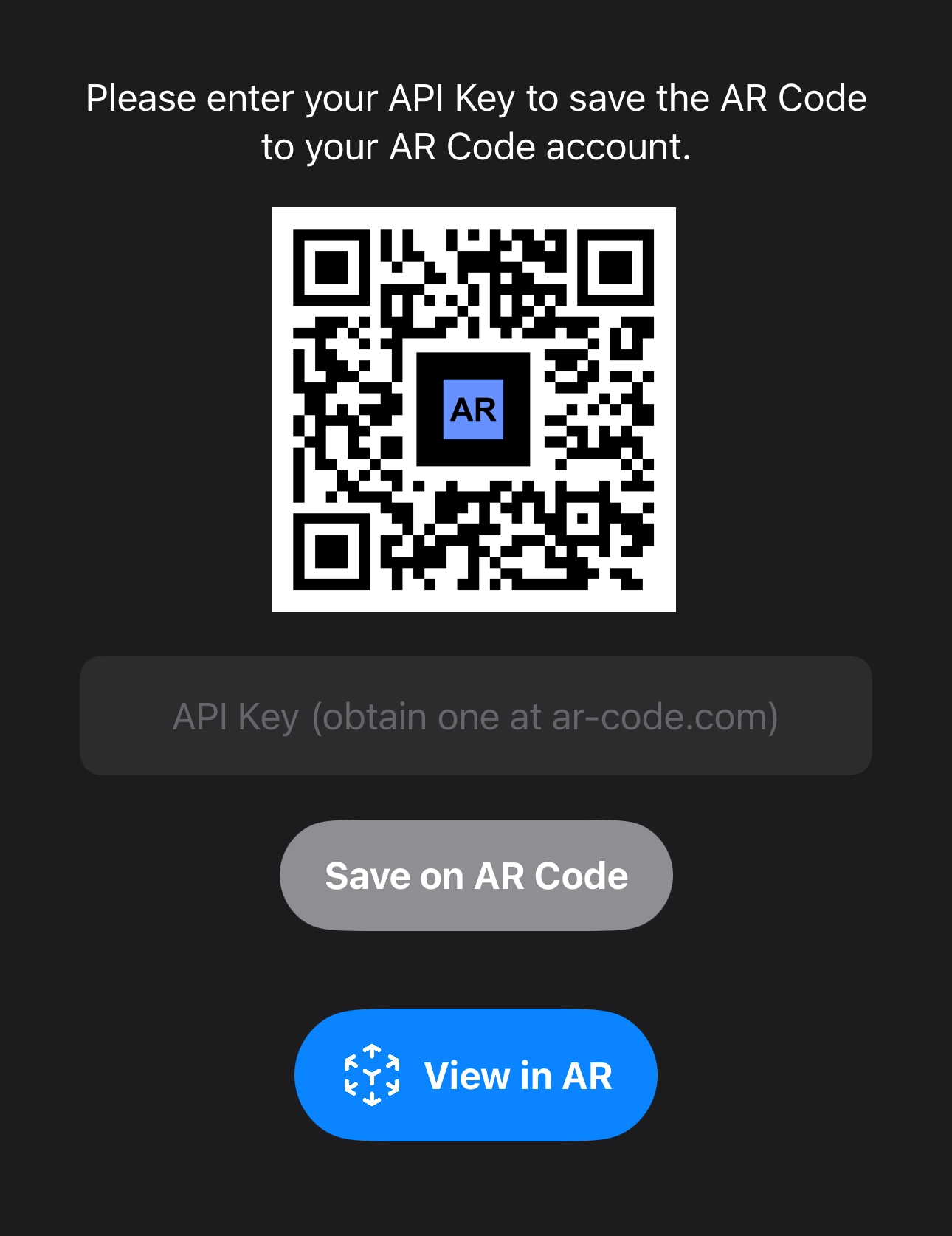
Supercharge your business with AR Code SaaS solutions, the premier platform designed for seamless integration of scalable augmented reality into any business operation. Unlock the full capabilities of AR with our detailed AR Code API key guide and learn how AR Code can revolutionize AR content creation, automate your...
How to Create a Customized AR Code Experience?
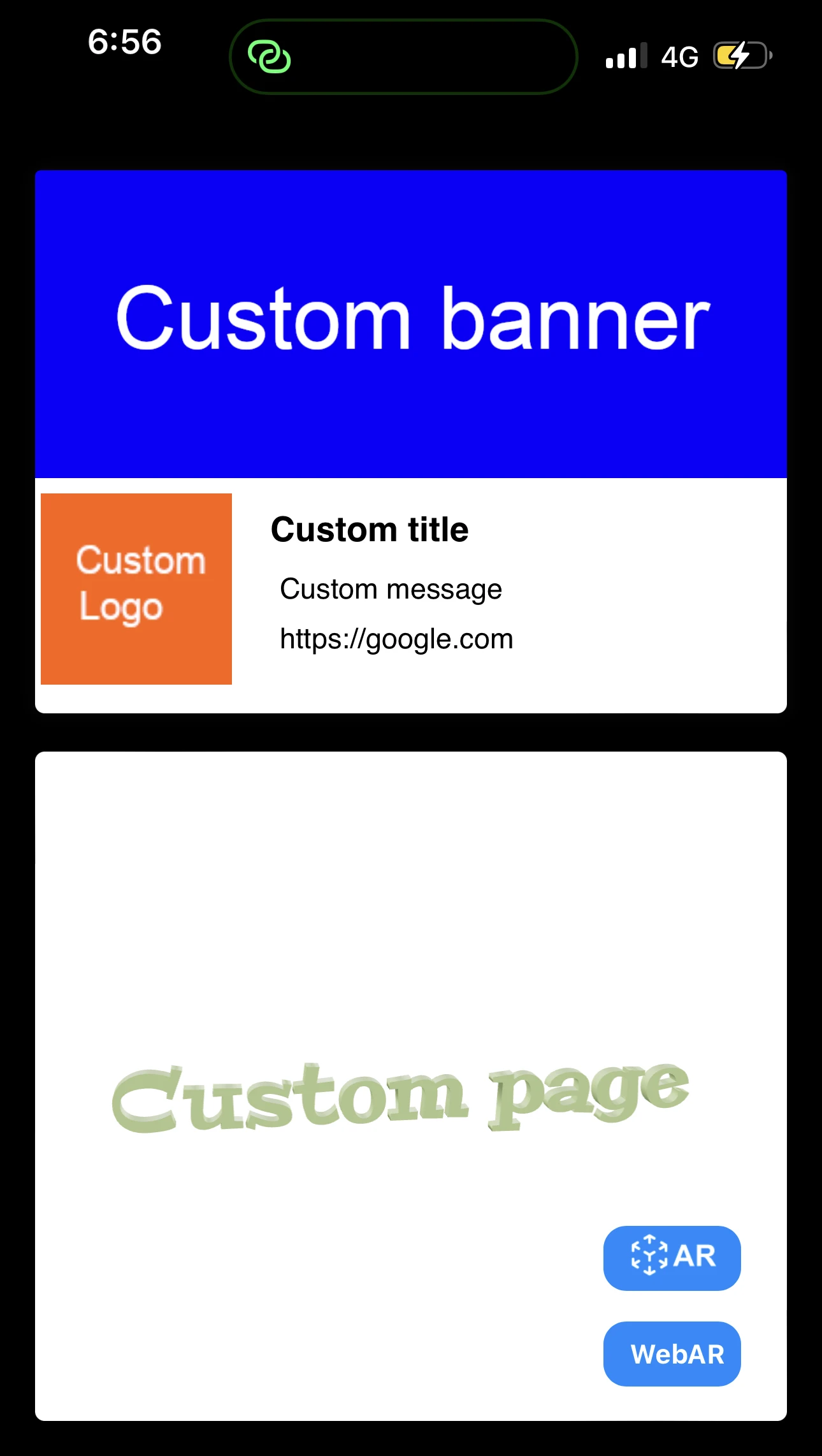
AR Codes are transforming how businesses engage with customers by delivering interactive, immersive augmented reality experiences that set brands apart in today's competitive digital landscape. Through AR Code’s advanced custom pages, you can create a powerful branded journey at the moment of scan—engaging users...
How to Manage the File Size Limitation for 3D Models on AR Code ?

Accelerate your business growth by leveraging augmented reality for dynamic customer engagement and interactive digital presentations. With AR Code SaaS solutions, businesses can easily integrate cutting-edge AR and 3D model experiences into products, marketing collateral, and branded communications. Ensuring your 3D...
VIDEO TUTORIAL: How to make a 3D Model optimized for Augmented Reality with AR Code?
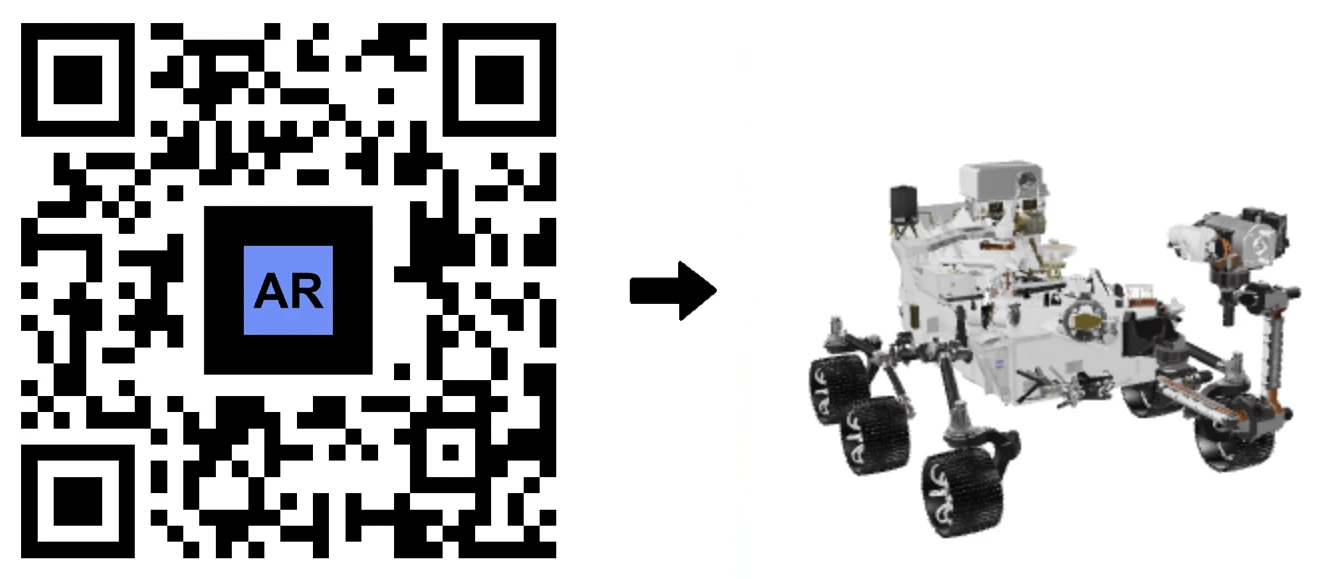
Unlock the full potential of Augmented Reality (AR) for your business by integrating immersive digital content directly into real-world environments using AR Code SaaS solutions. This guide will show you how to optimize 3D models for AR using Blender, the leading free 3D modeling software. Transform your product...
VIDEO TUTORIAL: How to convert a 3D CAD model from STP STEP or IGS IGES formats to GLB or OBJ
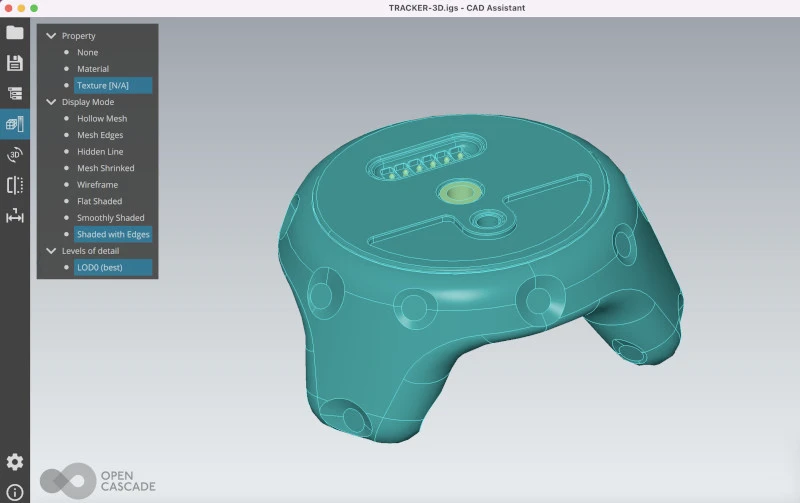
3D CAD models have become essential for driving innovation across diverse industries, including industrial manufacturing, architectural firms, creative design studios, and many others. With advanced CAD software, these digital models help companies boost project efficiency, accuracy, and streamline collaboration,...
VIDEO TUTORIAL: How to compress / reduce the size of an industrial 3D CAD model with MeshLab and Blender?

Boost your business growth by integrating AR Code SaaS solutions for an outstanding augmented reality (AR) journey customized to meet your company's needs. Transform your AR experience with high-performance 3D models and learn essential strategies such as optimizing 3D model file sizes using Blender to render...
VIDEO TUTORIAL: How to compress / reduce the size of a 3D model in Blender (GLB, GLTF, DAE, FBX, OBJ...)?
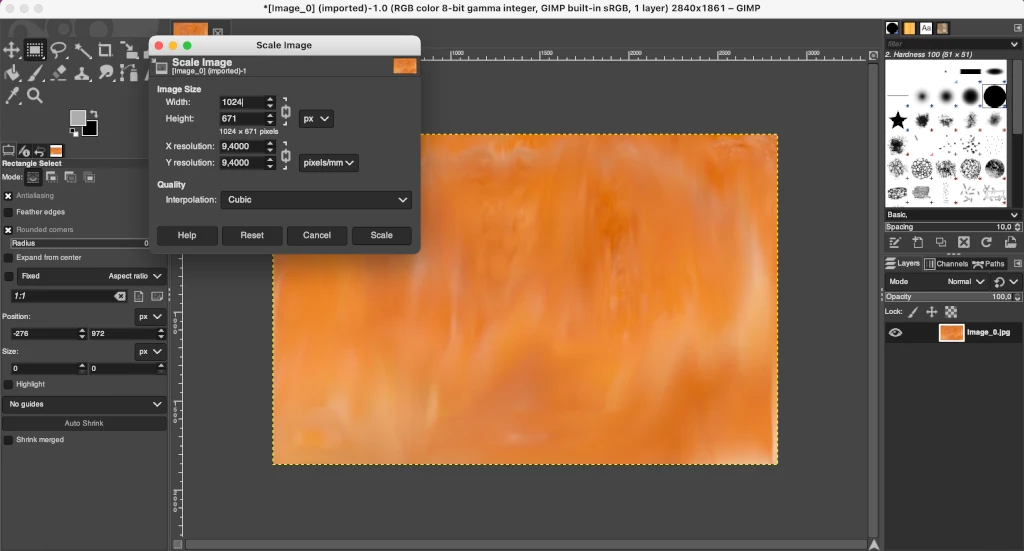
Blender is a robust, open-source 3D software trusted by creative professionals and forward-thinking businesses worldwide for producing high-quality 3D graphics, animations, and visual effects. Its seamless compatibility with leading file formats such as GLB, GLTF, DAE, OBJ, ABC, USD, BVH, PLY, STL, FBX, and X3D makes...
VIDEO TUTORIAL: How to Display a 3D Scan Photogrammetry in Augmented Reality with an AR Code

Unlock the full potential of AR Code for your business with seamless photogrammetry uploads and cutting-edge augmented reality rendering. With AR QR Codes, your brand can easily deliver immersive AR experiences that boost customer engagement and maximize stakeholder interaction. Elevate your digital marketing strategy...
VIDEO TUTORIAL: Generate 3D Text on AR Code
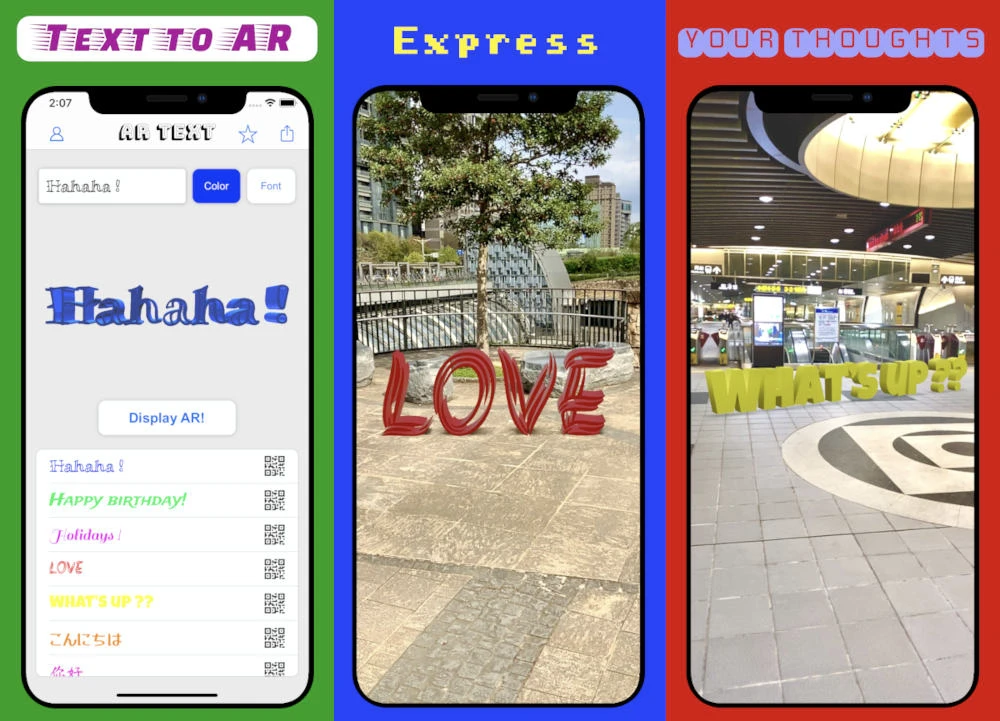
Empower your business communication, marketing, and educational outreach with AR Text, a state-of-the-art feature in augmented reality by AR Code. Turn ordinary text into dynamic 3D AR animations to create highly engaging and interactive experiences that capture attention and drive brand engagement. Perfect for...
VIDEO TUTORIAL: Create an AR 3D Photo on AR Code
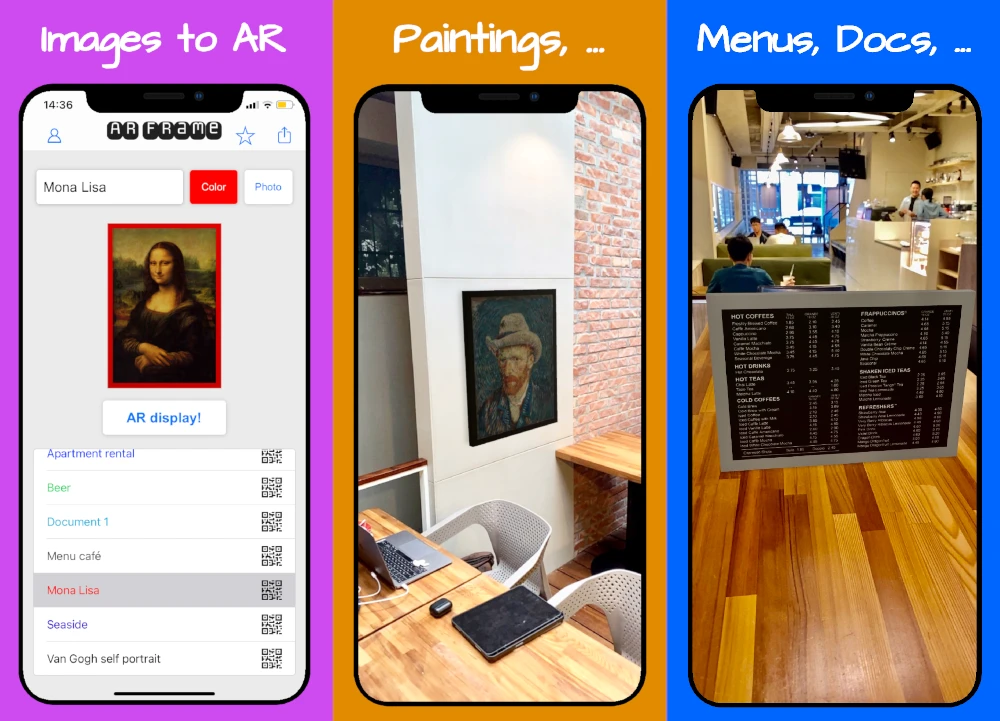
AR Code is revolutionizing 3D Augmented Reality photography for businesses with intuitive, industry-leading interfaces that simplify AR photo creation and sharing. Our robust AR solutions empower companies around the world to easily generate and distribute highly engaging AR QR Codes designed to capture and retain...
134,140 AR experiences
529,069 Scans per day
125,939 Creators
